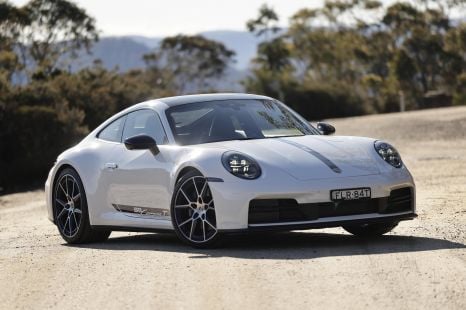

Matt Campbell
2025 Porsche 911 Carrera T review
5 Days Ago
If you are looking to do weekends away and an excuse to head bush, then the Gladiator is a winner – provided payload and towing aren't essential.
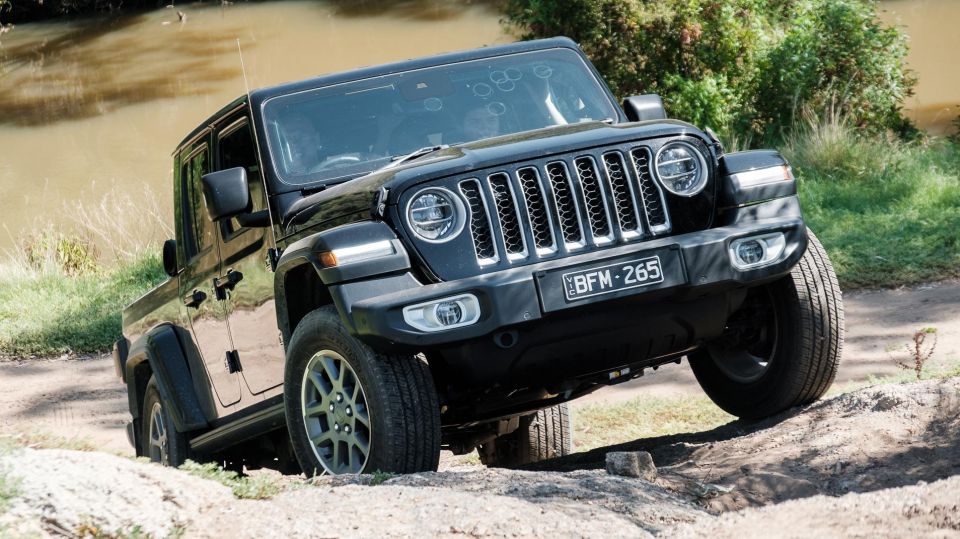
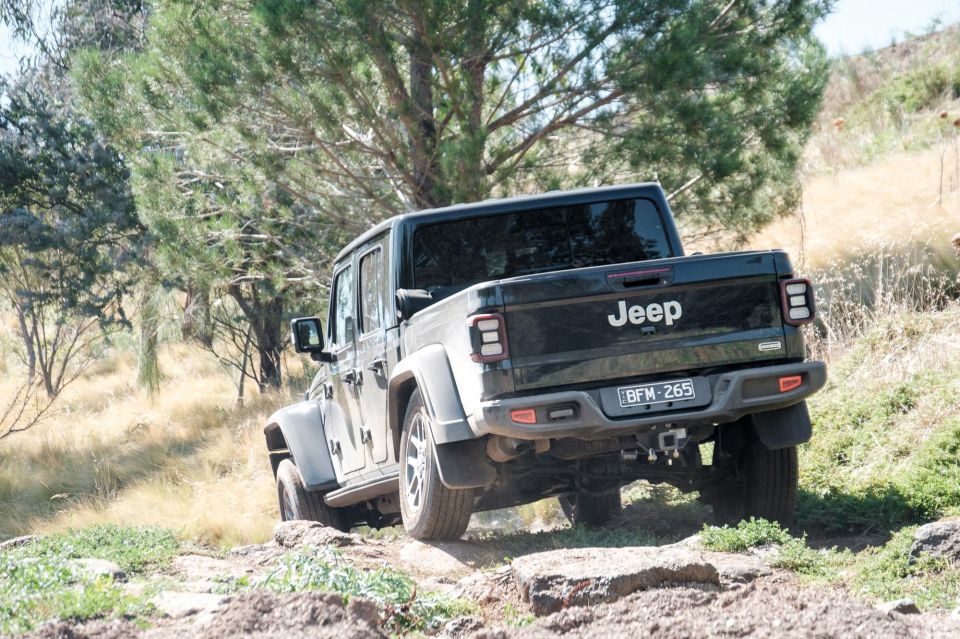

Contributor
New from
$65,450
excl. on-roads

Contributor
New from
$65,450
excl. on-roads


Contributor
New from
$65,450
excl. on-roads

Contributor
New from
$65,450
excl. on-roads
Quickly see how this car stacks up against its competition. Select any benchmark to see more details.
Where expert car reviews meet expert car buying – CarExpert gives you trusted advice, personalised service and real savings on your next new car.
Alongside the Ford Ranger Raptor, the Jeep Gladiator is up there as one of my more anticipated rides to review.
Apart from a highly detailed, long and enduring history of manufacturing 4×4 vehicles, Jeep is one of a handful of companies still making trail-ready vehicles that can really tackle off-road conditions and be easily modified even further for extreme off-road use.
With many around the world using the word ‘Jeep’ in place of 4×4 or 4WD, it’s no wonder Jeep has the reputation and notoriety that it does.
The Gladiator is a real conundrum though, it has taken the legendary lineage, lines and evolution of the Wrangler and somehow moulded that into a ute that is trying to force its way into the lucrative Australian dual-cab market.
Jeeps are typically mid-sized, though the Gladiator is big. Jeeps are typically mid-priced, but the Gladiator is expensive. Jeeps are typically wagons, though the Gladiator is a factory-built tray-back ute.
So how much of the classic Jeep ‘off road’ performance does the Gladiator retain, how big does it feel on the tracks and is it worth the high price tag?
Let’s get it dirty and see how it fares!

Holding true to Jeeps penchant for off-road performance, the Gladiator has a real transfer case with an old-school stick shift.
But it does have five different modes to select from; 2H, 4H Auto, 4H Part Time, N and 4L. Selecting 4H Auto engages drive to the front axle on a preferential system where most drive goes to the rear unless a loss of traction is detected and a percentage of drive is directed to the front. Switching to 4H Part Time ensures that locked and equal drive goes to both the front and rear differentials, just like a normal 4WD.
Whilst the stick shift for the transfer case makes a clear statement that this is an off-road-ready vehicle, it’s a little cumbersome and as consumers we are getting very used to 4×4 selection via a switch or dial.
And, while I love the tough look of the transfer gear lever and the memories it evokes, I do think a more modernised selector is warranted. That thought is backed up by the modern and quite nicely designed (and laid out) interior that is a distant cry from the utilitarian cabins of Jeep’s past.

With a solid live front axle (as compared to the more typical IFS we see in the dual-cab segment) and front and rear coil springs (instead of front coils and rear leaves like the aforementioned), the Gladiator comes standard with far more off-road credibility.
Coils offer greater comfort and articulation over leaves and a solid front axle is stronger and also offers further potential for suspension flex. Whilst the Gladiator does not come standard with amazing clearance (it’s low for a Jeep), the unladen 249mm is still decent for its class and it was more than capable of conquering everything we could throw at it.
The longer wheelbase also made the vehicle feel stable and sure-footed, and with greater suspension travel we found it very hard to find tough enough terrain to get anywhere near lifting a wheel.
An interesting addition with the infotainment system is the ‘off road pages’ where you can see some live data on the 4WD system’s status and angles of the terrain. It’s generally a modern adaptation of an old gimmick but the digital presentation actually works well and is fun to watch (if you’re a passenger of course, drivers should have their eyes on the road right?).
On the hill climb the Gladiator literally walked its way up with its longer wheelbase and greater suspension flex keeping the vehicle well grounded, tracking correctly and progressing with ease.

Over rocks the clearance shone through with no bumps or scrapes, and the wheelbase kept it out of trouble, which opens up another debate – a longer wheelbase greatly reduces the ramp-over angle which will allow the vehicle to get ‘hung-up’.
Yet in practice, the longer wheelbase provides more reach and allows the vehicle to span an obstacle to better deal with it. Of course, it’s a trade-off depending on the situation, but considering the apparent lack of agility (longer wheelbase, wider turning circle and bigger dimensions), the Gladiator actually impressed me with its driveability as well as its capability in technical, tight 4×4 situations.
For a bigger 4×4, it’s actually not that unsuited to the Australian bush and the tight tracks we typically have here.
At speed on dirt, the torque and gear changes inspired confidence and there is again a sure-footed balance from front to rear that made the vehicle feel ‘not so big’ and a bit of fun to throw around.
It’s actually a reasonable mix of stability and loss of rear-end traction (at the right moments) that makes it a pleasurable driving experience, if you get my drift (pun intended).
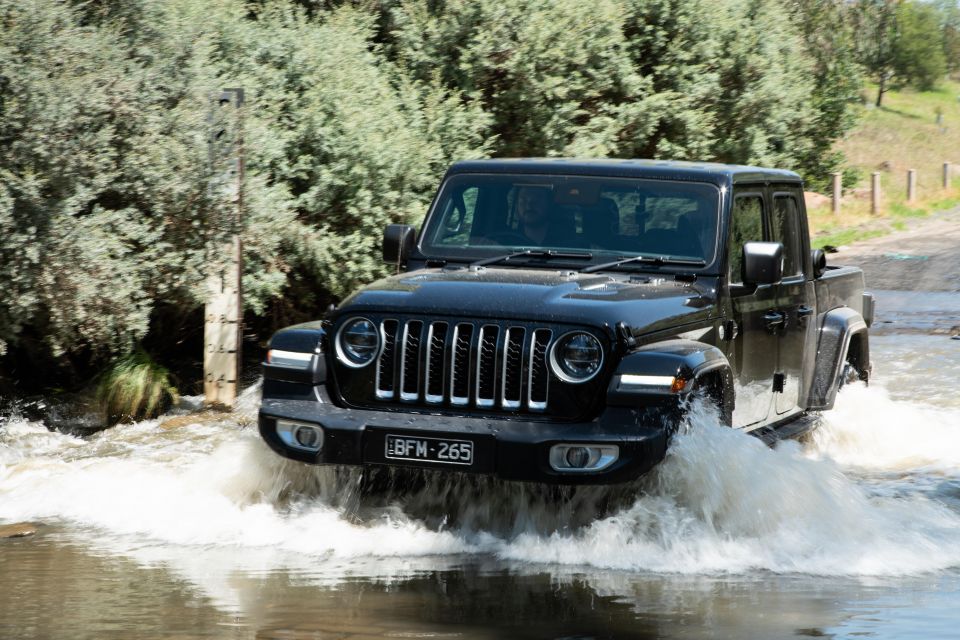
But if you are not into, or experienced with a little drift, the steering can feel a touch vague and the rear-end slip a little unnerving. It’s all down to your point of reference but I expect it would be a touch dicey on corrugations with the rear skipping around a tad too much.
Although it’s one of the most capable and off-road-ready vehicles we have tested, the Gladiator was one that failed our water crossing test. Of course it has the power, clearance and fording depth to tackle way more than what we put it through but our test is far more inconspicuous.
It’s all about whether or not the front number plate can survive even a basic water crossing, and yes, surprisingly, the Gladiator lost its front plate with just a small amount of upwards thrust from the bow wave. It’s no true rating of its trail worthiness but we were rather surprised that the Jeep lost its plate so easily.
The Gladiator really is a blank canvas when it comes to customisation and like most Jeeps, the ease and availability of aftermarket suspension and taller tyres will easily transform a standard, yet capable vehicle into a serious off-road play toy.
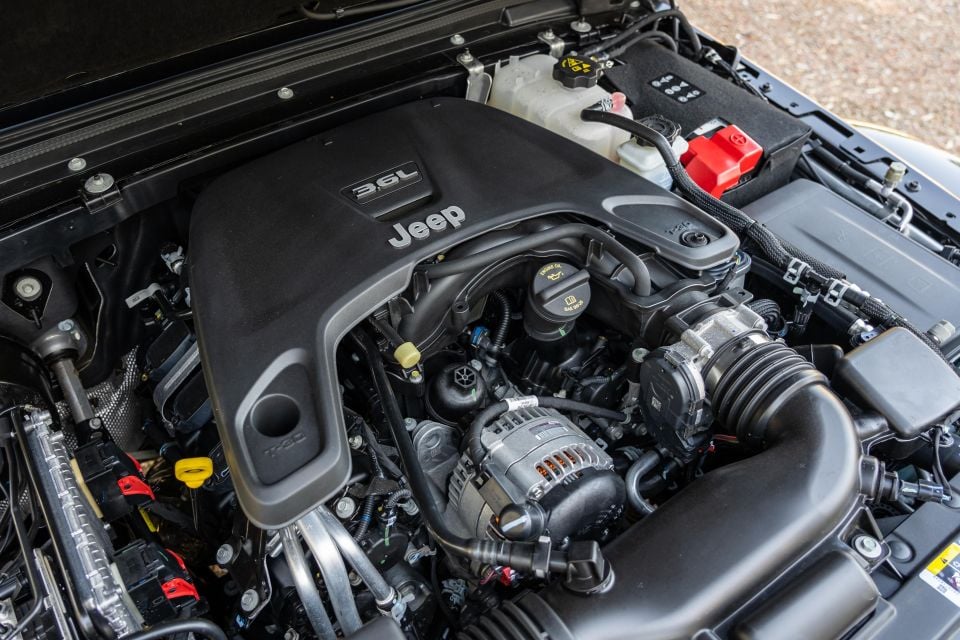
Petrol, petrol, and not a diesel is what’s under the bonnet.
Yes, the torquier ‘Eco Diesel’ would have been a nice touch with 600Nm compared to the 3.0-litre V6 petrol’s 209kW/347Nm.
But, the petrol engine is lively enough to get the job done and is partnered with an eight-speed automatic transmission which strikes a great balance between the typical six-speeders of almost everything else on the market and the continually-hunting 10-speed of the Ranger Raptor.
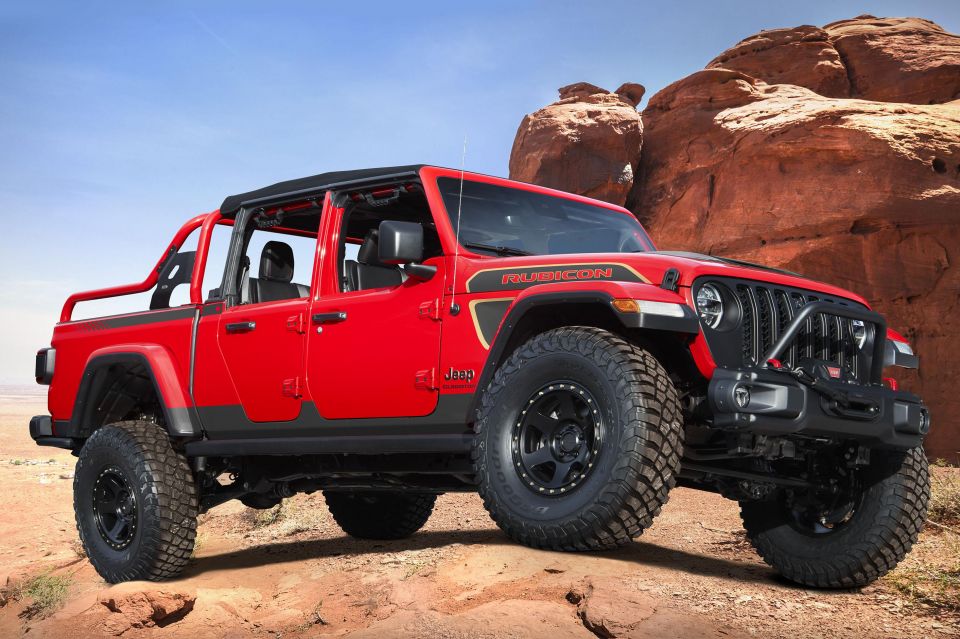
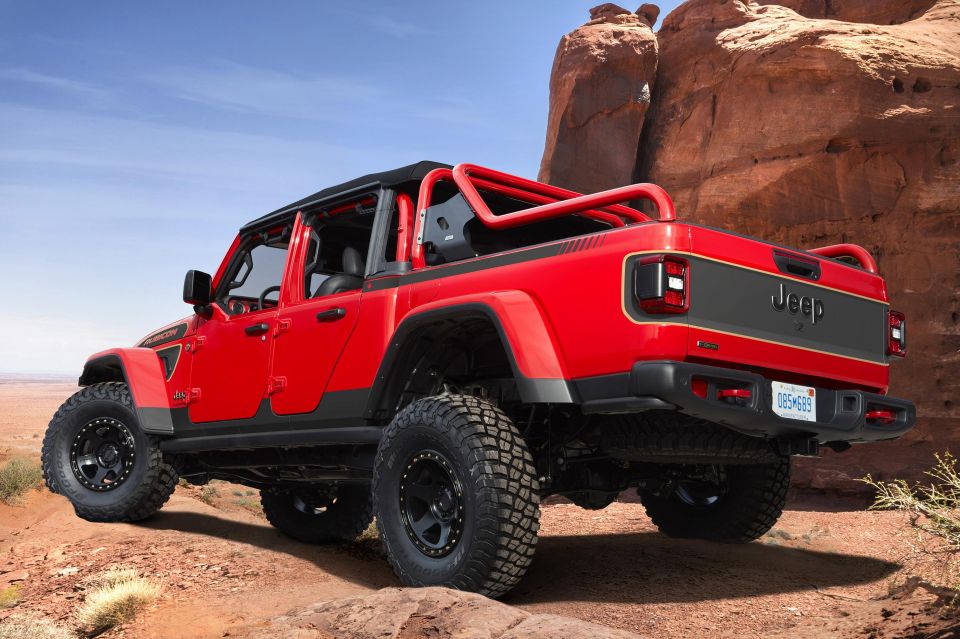
Without a doubt, the Gladiator is the most modifiable vehicle I have reviewed for CarExpert and apart from the plethora of accessories available for it locally, its US heritage, and the booming Jeep market there, that ensures the availability of a mindless diversity of accessories.
To take that even further, the number and frequency of Jeep-related products now being designed and manufactured in China is astounding.
Far from simple ‘rip-offs’ and ‘copies’ either – we’re seeing a number of well-established design and manufacturing houses based in China creating unique, high-quality and sought-after aftermarket Jeep accessories for the likes of Gladiator.
In a nutshell, with its solid front and rear axles with full-coil suspension, the Gladiator has highly-regarded potential as a standard or modified 4WD. Add in the volume of accessories available and the Gladiator is one of the most modifiable 4WD vehicles available in the world.
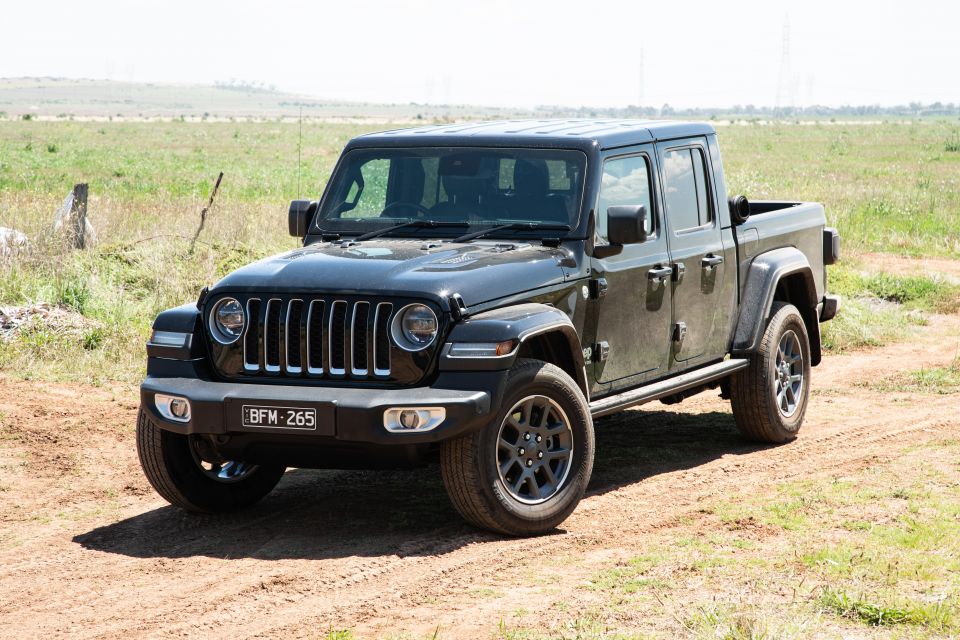
Similar to the Ranger Raptor, the Gladiator (and even more disappointing considering it’s size) doesn’t come with the obligatory 3500kg towing capacity.
It’s an obvious oversight and at 2721kg (max braked) it’s not even competitive in the towing space, and the disappointment continues with a meagre payload limit of 527kg (both the Ranger and HiLux are 900kg or above).
For ‘wow’ factor, though, the Gladiator has got it. It would be hard to beat a day cruising to the beach with the roof down in summer, and with the availability of aftermarket accessories that ‘wow’ factor gets a huge kick into another ball park for a tough and cool-looking off-road weapon that really can perform.
But playtime aside, when it comes to tough Aussie worksites the payload and towing capacity of the Gladiator will not be so well-received. So if you are looking to do weekends away and an excuse (and the ability) to head bush, then the Gladiator is a winner. To the contrary though, I can’t see it replacing the HiLux or Ranger as a tradie’s favourite down at the local job site.
As mentioned we would have loved to have seen the Gladiator available with the Eco Diesel engine available in the US but let’s cut straight to the chase – what we are really hoping for is the rumoured V8. Now that would be a winner on and off-road!
Here’s hoping that Jeep are listening and planning.
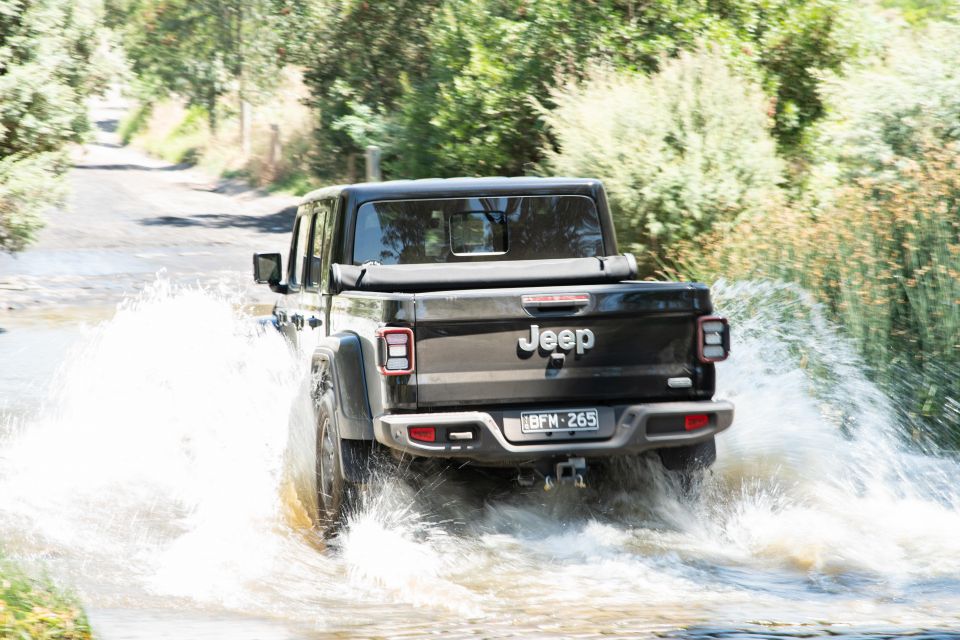
Click the images for the full gallery
Where expert car reviews meet expert car buying – CarExpert gives you trusted advice, personalised service and real savings on your next new car.


Matt Campbell
5 Days Ago
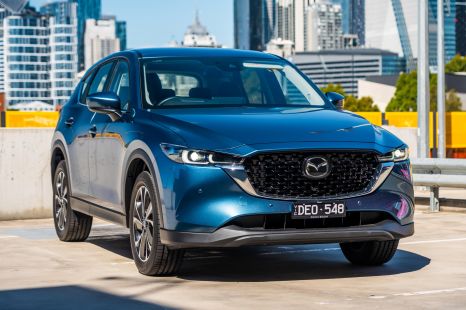

James Wong
4 Days Ago
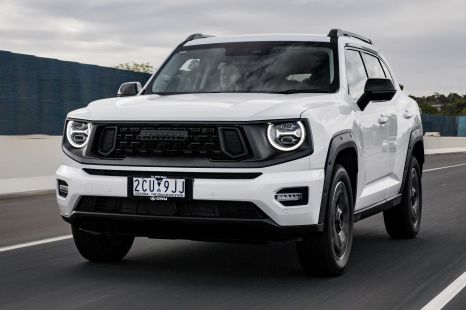

Max Davies
3 Days Ago
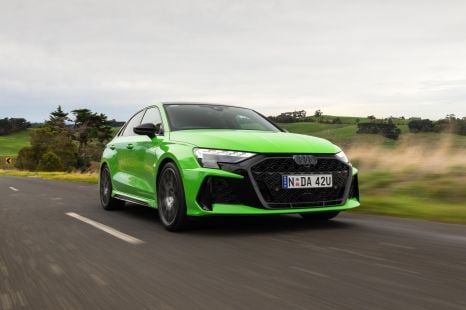

Josh Nevett
2 Days Ago


Josh Nevett
1 Day Ago
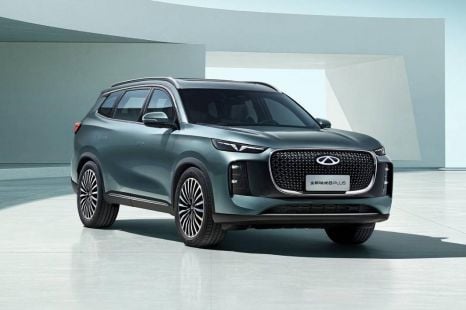

William Stopford
11 Hours Ago